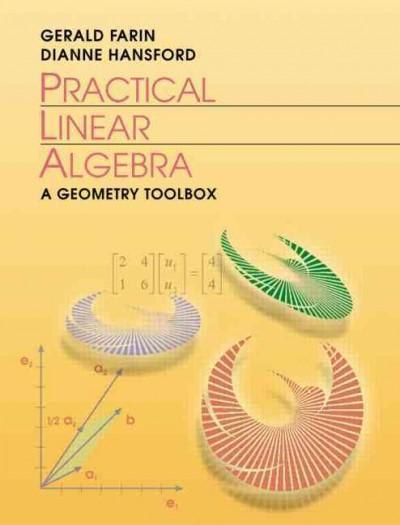18.
Differentiate.
Differentiate YE dx XFor the function, nd the points an the graph at which the tangent line is horizontal. If none exist, state that fact. 1r = 5x 1' List all the points where the tangent tine is hdn'zuntaI. Select the meet choice helm and, it necessary, ll in the answer Dex ts complete your chaiee. D A- The point{s]| at which the tangent tine is hdn'znntal istare] El. (Type an ordered pair. Use a cum ma to separate answers as needed} 0 E. The tangent line is hdnzental at all points at the graph. D C. There are no points where the tangent tine is horizontal. The median weight of a boy whose age is between [I and 36 months can be approximated by the function wit) = 8.4? +1.14t- iltll351t2 + 0.6003039. where l is measured in months and w is measured in pounds. Use this approximation to nd the following fora bog.r with median wllght in parts a} through c] beiow. a} The rate of change at weight with respect to time. w'tt} = D b] The weight of the baby at age 9 months. The approximate weight otthe baby at age 9 months is D ibs. {Round to two decimal places as needed.) ciThe rate of change at the baby's weightwith respect to time at age 9 months. The rate of change for the baby's weight with respect to time at age 9 months is approximately |:| lhsmtonth. {Round to two decimal places as needed.) Differentiate the function 9X2 - 1 8x3 + 7Differentiate. G(x) = (2x2 + 9) (5x + G'()=\fGiven stt] =t+ 2, where sit) is in miles andtis in hours, nd each of the following. a] V0} to] att} c] The vielocih.I and acceleration when t= 2 hr :1] When the distance function is given by a iinear function, there is unitonn motion. 1r'tl'hat does uniform motion mean in terms of velocity and acceleration? [Simplify your answer.} When t: 2 hr, the acceleration is D [Simplify your answer.) cl] What does uniform motion mean in terms ofvelosity and acceleration? Choose the correct answer below. 0 A. The iieiociii.r and acceleration decrease as the function increases. 0 B. The veiocihr remains constant and there is no acceleration. O C. The acceleration remains constant and there is no velocity. 0 D. The ueiocihi and acceleration increase as the function increases



















